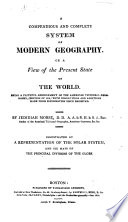 | Jedidiah Morse - Geography - 1814 - 696 pages
...distant from the place. The poles of the celestial horizon are the zenith and the nadir. Declination. The declination of a heavenly body is its distance north or south of the equator, measured on a meridian. Tropics. The Tropics are two small circles, drawn parallel... | |
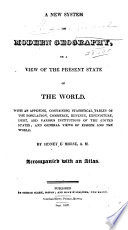 | Sidney Edwards Morse - Atlases - 1822 - 706 pages
...its axis. The zenith and nadir of any place, therefore, are the poles of its horizon. Declination. The declination of a heavenly body is its distance north or south of the equator, measured on a meridian. Tropics. The Tropics are two small circles, drawn parallel... | |
 | John Vose - Astronomy - 1827 - 262 pages
...is called the rational horizon. The tenrible horizon is the circle which bound* our sight. Latitude of a heavenly body is its distance north or south from the ecliptic. Degrees of latitude are reckoned on •econdaries to the ecliptic, passing through the body.... | |
 | James Ryan - Astronomy - 1827 - 408 pages
...at an equal distance from the first meridian, and consequently their longitude must be the same. 5. The declination of a heavenly body is its distance north or south of the equator, or equinoctial, reckoned in degrees and minutes, upon a secondary to it drawn through... | |
 | Sir Richard Phillips - Physics - 1832 - 286 pages
...of declination passing through any heavenly body, is called the right ascension of that body. 352. The declination of a heavenly body, is its distance north or south of the equator. It is measured on a circle of a declination. Observation 1. When two heavenly bodies... | |
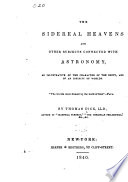 | Child rearing - 1840 - 460 pages
...second magnitude in the constellation of Cygnus, or the Swan, which is the star next the left-hand * The declination of a heavenly body is its distance, north or .south from the equinoctial or equator, and corresponds to latitude on the terraqueous globe, which is the distance of a place... | |
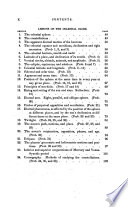 | A. Fleming - Astonomy - 1844 - 120 pages
...as the situation of places on the earth is determined by their latitude and longitude. (Prelim. 8.) The Declination of a heavenly body is its distance north or south from the celestial equator. The Right Ascension of a heavenly body is the distance of its meridian, as measured... | |
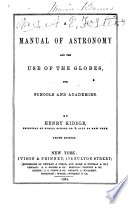 | Henry Kiddle - 1854 - 154 pages
...September. It passes the solstitial points on the 21st of June, and the 22d of December. The Latitude of a heavenly body, is its distance north or south from the ecliptic. This is called Celestial Latitude. Celestial Longitude is distance on the ecliptic, reckoned... | |
 | Emma Willard - Astronomy - 1856 - 230 pages
...equal night," yet the vernal, being at the beginning of the year, takes precedence of the autumnal. 2. The DECLINATION of a heavenly body is its distance north or south from the equinoctial measured on any secondary — commonly the vernal half of the equinoctial colure. This is essentially... | |
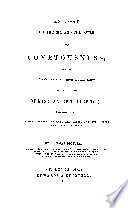 | Thomas Dick - 1857 - 878 pages
...of Orion, The degrees of north and south declination* from the equator are marked on the margin. * The declination of a heavenly body is its distance north or south from the equinoctial, or equator, and corresponds to latitude on the terraqueous globe, which is the distance of a place... | |
| |